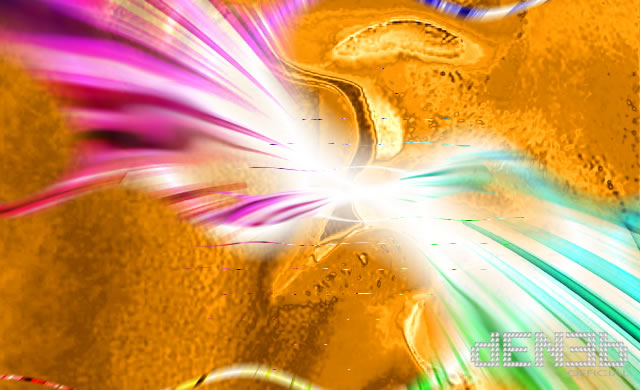
Anche gli spazi vuoti hanno un colore. Ora gli scienziati hanno dimostrato che i salti quantici di elettroni possono cambiare il colore del divario tra nanoscopiche palline d’oro. I nuovi risultati sono stati pubblicati oggi sulla rivista Nature.
Il team delle Università di Cambridge, dei Paesi Baschi e di Parigi, hanno combinato un tour de force di esperimenti con le teorie più avanzate per mostrare come la luce interagisce con la materia a dimensioni nanometriche. Il lavoro mostra come si può letteralmente vedere la meccanica quantistica in azione. Poiché gli elettroni in un metallo si muovono facilmente, la luce brillante su una piccola crepa spinge le cariche elettriche sulla crepa che ha di fronte e a sua volta, alle frequenze ottiche. La scarica oscillante attraverso lo spazio produce un colore ‘plasmonico’ per la regione spettrale di mezzo, ma solo quando il divario è abbastanza piccolo. Il professor Jeremy Baumberg, dell’Università Cavendish Laboratory di Cambridge, suggerisce di pensare a questo fatto come alla tensione che si percepisce fra due amanti che si guardano l’un l’altra negli occhi. Come i loro volti si avvicinano la tensione sale, e solo il bacio scarica questa energia.
Even empty gaps have a colour. Now scientists have shown that quantum jumps of electrons can change the colour of gaps between nano-sized balls of gold. The new results, published today in the journal Nature, set a fundamental quantum limit on how tightly light can be trapped.
The team from the Universities of Cambridge, the Basque Country and Paris have combined tour de force experiments with advanced theories to show how light interacts with matter at nanometre sizes. The work shows how they can literally see quantum mechanics in action in air at room temperature. Because electrons in a metal move easily, shining light onto a tiny crack pushes electric charges onto and off each crack face in turn, at optical frequencies. The oscillating charge across the gap produces a ‘plasmonic’ colour for the ghostly region in-between, but only when the gap is small enough. Team leader Professor Jeremy Baumberg from the University of Cambridge Cavendish Laboratory suggests we think of this like the tension building between a flirtatious couple staring into each other’s eyes. As their faces get closer the tension mounts, and only a kiss discharges this energy.
Source/Continue reading → Phys.org





















